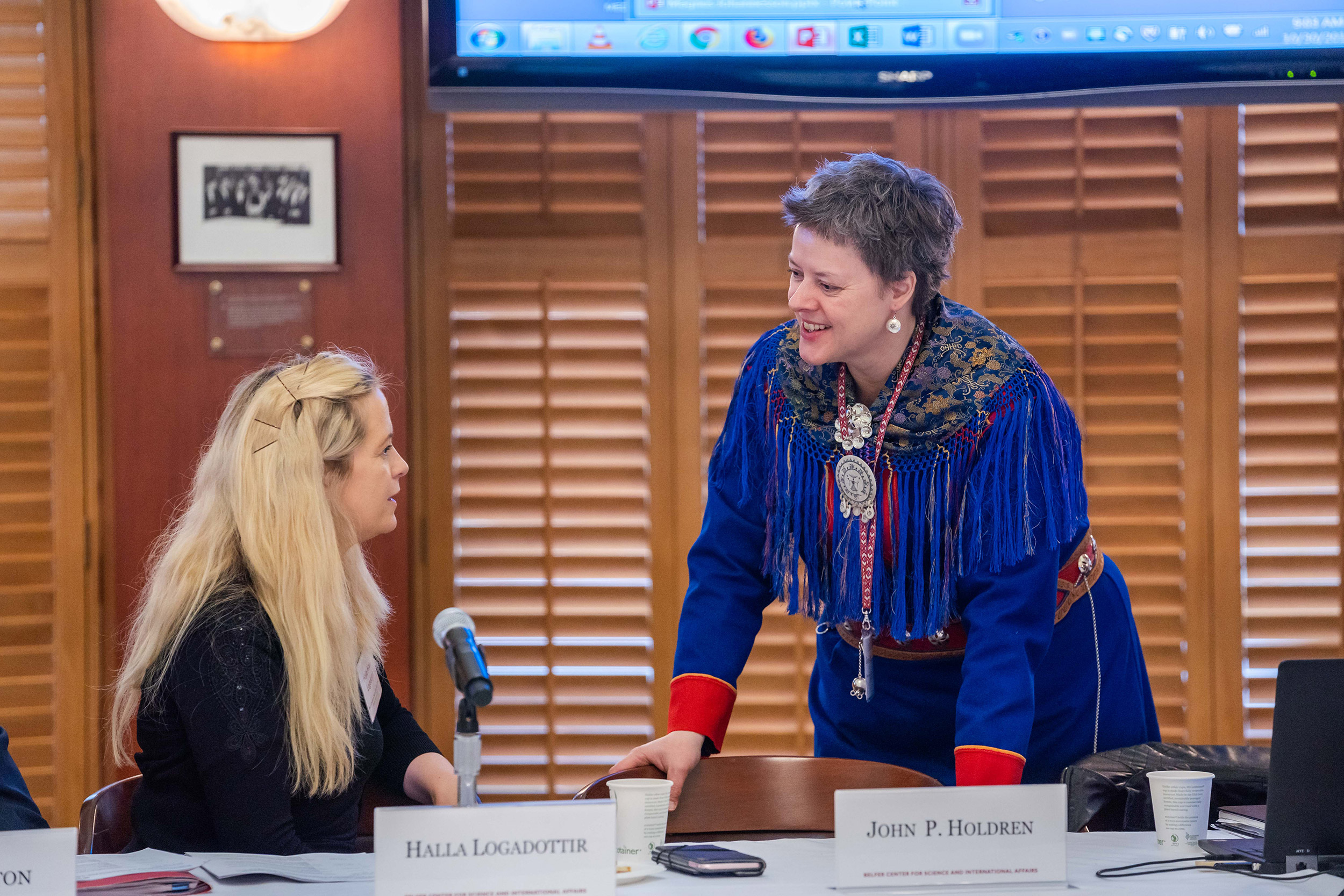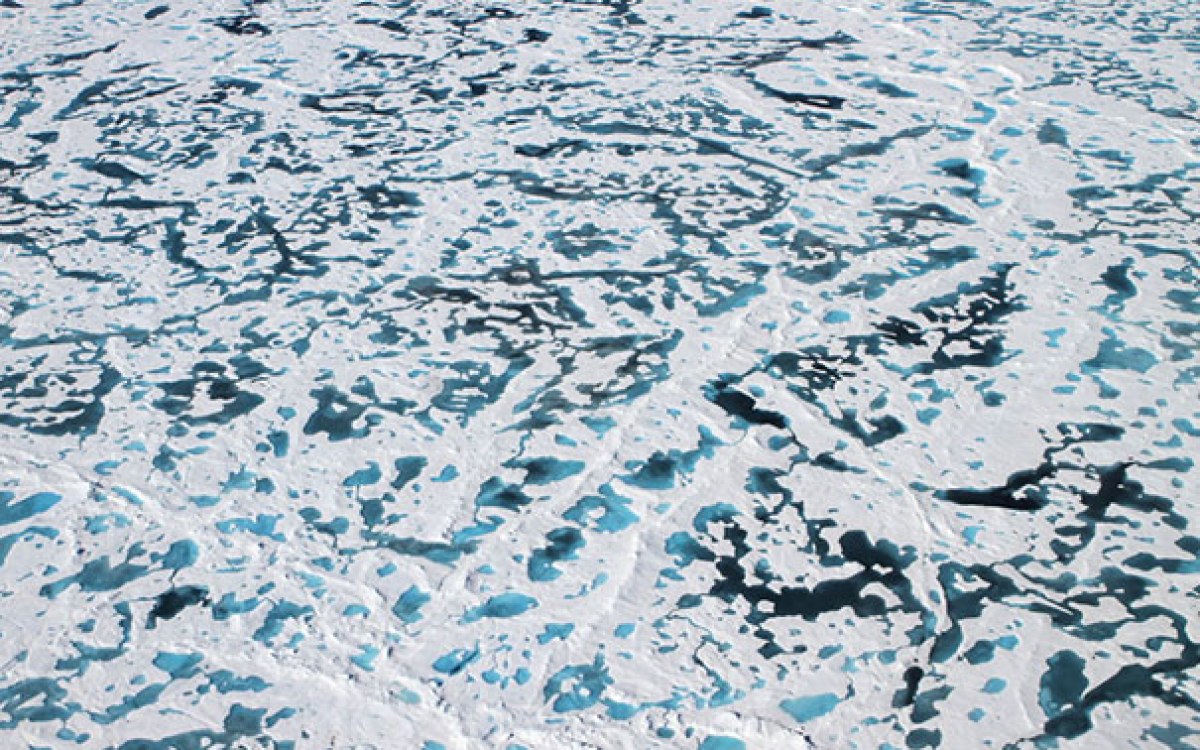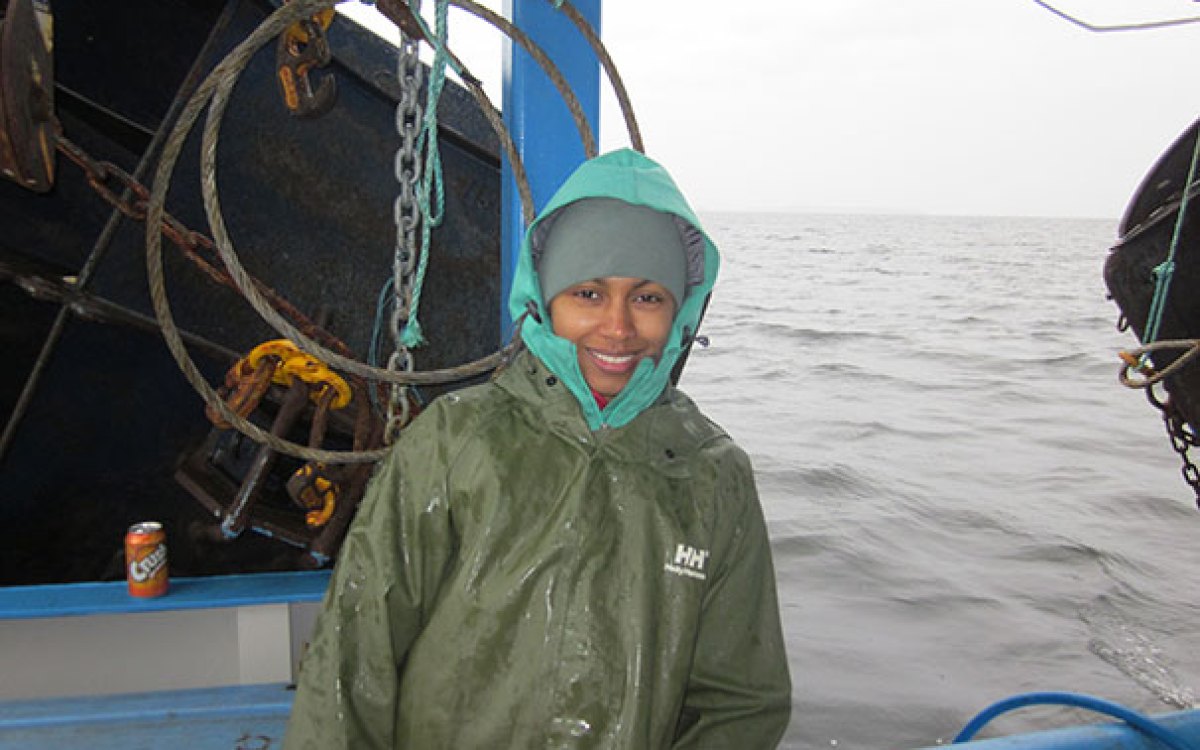
iStock
Global problem, local solutions
Arctic Initiative leans on expertise of residents on climate change initiatives
The late Massachusetts congressman Thomas P. “Tip” O’Neill once famously declared, “All politics is local.”
Much the same could be said about climate activism.
Take the Arctic Initiative, a joint project of the Environment and Natural Resources Program and the Science, Technology, and Public Policy Program at the Kennedy School’s Belfer Center for Science and International Affairs, which leans on local expertise for a wide array of potential policy solutions.
Such efforts are vital, said Halla Hrund Logadóttir, a fellow in the Environment and Natural Resources Program and a co-founder of the initiative, because of the broad ramifications of climate change on the lives of Arctic peoples, and the world. As polar ice melts ever faster, raising sea levels and changing weather patterns worldwide, “What happens in the Arctic absolutely does not stay in the Arctic,” she said.
But even as traditional modes of life are being altered, perhaps irrevocably, new avenues of commerce and exploration are opening up. Once-ice-bound sea-lanes are now navigable, and the Arctic’s vast mineral resources are increasingly accessible, presenting new opportunities and dangers for the fragile ecosystem and the people who live there.
“Coming from a small community in Iceland, I knew how difficult it is to try to solve these big questions on your own,” said Logadóttir. “Through the lens of the Arctic Initiative, we are looking at how do we do this right. We are trying, through our research programs and education, to improve knowledge and science and to feature knowledge and science in our decision-making.”

As a first step, Henry Lee, who co-leads the initiative with Logadóttir and John P. Holdren, Teresa and John Heinz Professor of Environmental Policy, asked: “How can you leverage local knowledge and advance ideas that are helpful?”
While Harvard can share its policy know-how, working with communities on everything from how best to craft strategies and statements to modeling different approaches to problem-solving, local input is vital. Lee, who is also the Jassim M. Jaidah Family Director of the Environment and Natural Resources Program, gave the example of a beautifully engineered sustainable energy project — “a really great windmill” — that looked perfect on paper but failed to consider actual Arctic conditions. “If you try to put it up in Alaska, the wires freeze and the gears freeze,” he said. “You need a different kind of engineering.”
Joel Clement, an Arctic Initiative senior fellow, focuses on resilience. An associate with the Stockholm Environment Institute and a senior fellow with the Union of Concerned Scientists, Clement, who served in the Department of the Interior for seven years, is currently working closely with the Sustainable Development Working Group of the Arctic Council, an intergovernmental forum of indigenous peoples, on such issues as food security, health, and community well-being. “We’re doing research at Harvard into how does governance affect resilience and how can we improve investment in resilient practices at the community level,” he said. “We want to make sure that we’re engaging fully with indigenous people in the North.”
With such collaboration in mind, the initiative has multiple cooperative projects underway, bringing together Harvard students and indigenous youth around the world and working with groups like the Association of World Reindeer Herders on specific concerns.
That association, which is currently largely chaired by the Saami people of Sweden, includes herders from across the region. Despite their shared concerns, however, even within this group issues vary. “The ramifications of climate change on folks who are in Northern Siberia are slightly different from those in Sweden,” said Brittany Janis, project coordinator for the Arctic Initiative. “They have a very deep understanding of their local work and their local needs. Our goal is to give local leaders who already have so much knowledge some more tools and skill sets.”
Last fall, the initiative invited indigenous female leaders from across the region to Harvard. Gunn-Britt Retter, head of the Arctic and Environmental Unit of the Saami Council; Deenaalee Hodgdon, Brown University student and indigenous activist, a Deg Hit’an Athabaskan and Sugpiaq woman from the villages of Anvik and South Naknek, Alaska; and Raina Thiele, a former Obama official who focused on tribal governments and climate and arctic issues and is founder and president of Thiele Strategies. She was born and raised in Alaska and is Dena’ina Athabascan and Yup’ikas, all met with students and joined Clement in a public forum on how their communities are adapting to climate change.
Other events, including a workshop on “Policy and Action on Plastic in the Arctic Ocean,” have brought together a diverse array of participants, from academics to the corporate world, as well as representatives from indigenous peoples and governments from the eight Arctic nations, and observers.
The initiative is also laying the groundwork for ongoing ventures. In her course “Policy and Social Innovations for a Changing Arctic,” now in its second year, Logadóttir introduces students to the concerns of the region. “How do we make sure we are responding to these changes in a sustainable way?”
In the process, she teaches the class of 15 that the theory must remain connected to the reality of the locality it is meant to serve. Working on project “challenges,” which range from fire and forestry issues to renewable energy, she focuses on the necessity of collaboration. “The students work with mentors from the Arctic on an idea that can help solve one of the Arctic challenges.”
Although a trip to Greenland planned for this spring has been moved online, Logadóttir sees this as a positive. “It’s even better now we’re doing it all online,” she said. “We’re meeting with Greenlandic leaders. Students are meeting their peers in Greenland. This is a huge opportunity.”







